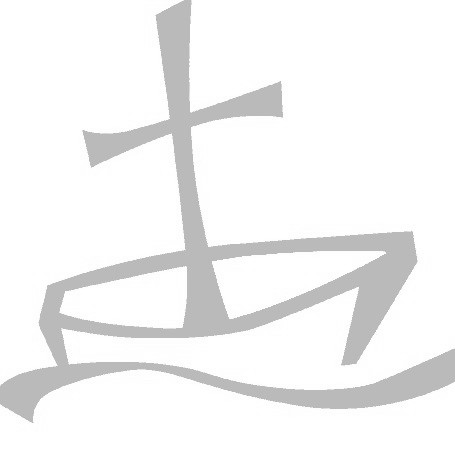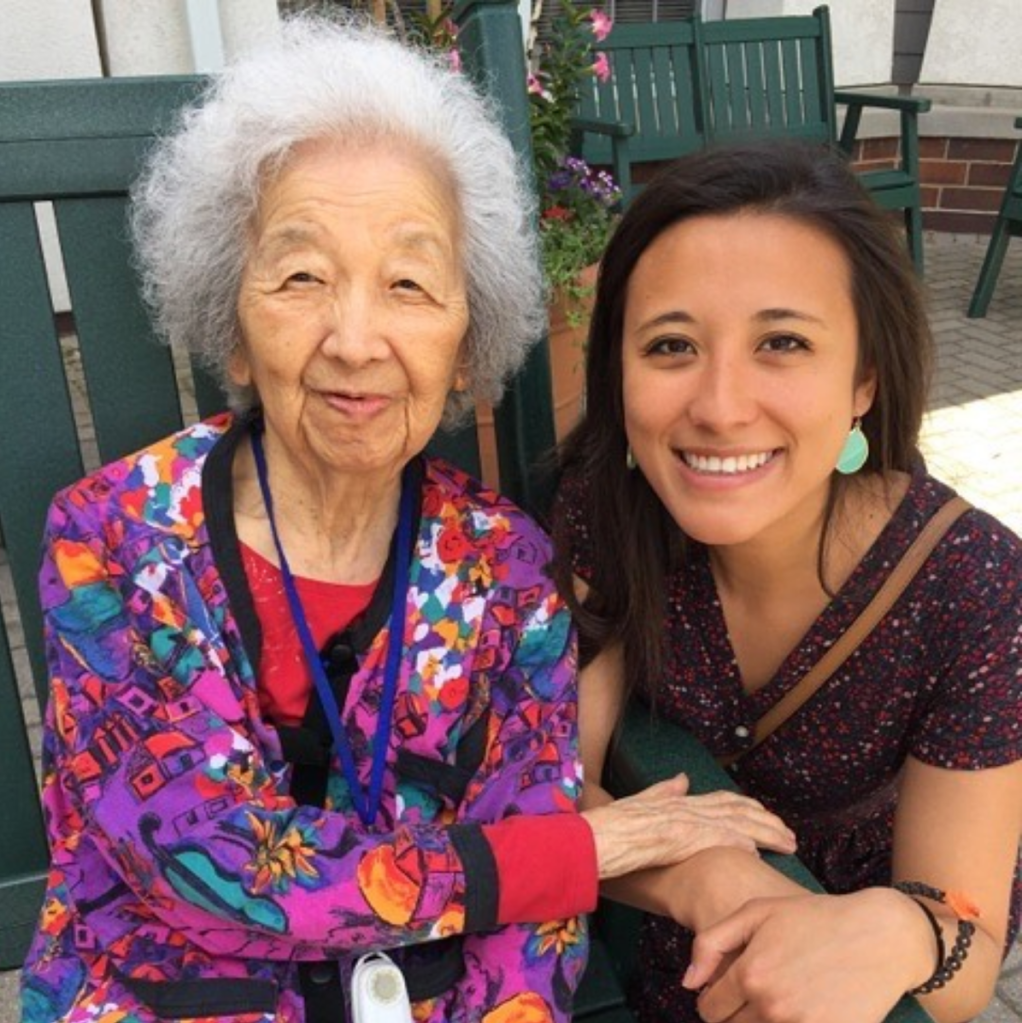U.S. reparations efforts: Japanese internment camps during WW II and the Civil Liberties Act of 1988
[Crossposted with permission from Scott Russell on Healing Minnesota Stories blog]
Part of a series highlighting examples of truth telling and repair
In the fear and panic following the 1941 Japanese attack on Pearl Harbor, President Franklin D. Roosevelt issued Executive Order 9066, allowing military commanders to designate “exclusion zones” to protect the country. It allowed military commanders to designate areas “from which any or all persons may be excluded.”
The order didn’t specifically name or target Japanese immigrants or Japanese Americans, but that’s how it was implemented. The racism becomes apparent when you learn that 112,000 people of Japanese heritage were interned compared to some 10,000-plus people of German or Italian ancestry. Japan, Germany and Italy all were aligned in the Axis Powers and hostile to the United States.
It took decades, but the United States ultimately created opportunities for former internees to tell their stories. The government issued an apology and made meager financial repairs.
This past September, the Minnesota Council of Churches launched a multi-year effort at truth telling, education, and reparations with Indigenous and African American communities. This blog is part of a series to support that work by looking at past reparations efforts.
The U.S. response to the Japanese internment camps is one example — an imperfect one — of how this country has grappled with reparations for our past injustices. It shows we have the capacity to name and acknowledge racism, listen to stories of those who have been harmed, and make financial repairs. It also clearly shows that reparations such as these can never come close to undoing the damage done.
Under the authority granted by Roosevelt, the military moved Japanese-American citizens and immigrants living on the West Coast to remote areas of the country and locked them in the euphemistically called “Relocation Centers.” These centers operated for four years between 1942 and 1946.
The U.S. government employed a blood quantum rule to determine who would get deported.
Even though the justification for the evacuation was to thwart espionage and sabotage, newborn babies, young children, the elderly, the infirm, children from orphanages, and even children adopted by Caucasian parents were not exempt from removal. Anyone with 1/16th or more Japanese blood was included.
National Park Service
George Tadashi “Tad” Tani, 26, a U.S. citizen and optometrist in Oakland, Calif. was one of the Americans of Japanese decent who was rounded up and evacuated. He was sent to the Minidoka Japanese internment camp in Idaho.
Yoshi Uchiyama’s family lived in Seattle, but in 1942, she was studying at Lawrence University in Wisconsin. She was taken abruptly from school and relocated to Minidoka.
Tad and Yoshi met at the camp and would later marry, according to their granddaughter, Emily Tani-Winegarden.
“It didn’t matter if you were a U.S. citizen, it didn’t matter if you were born as an American, all that mattered was that your skin color was dark, your eyes slanted, and therefore you were seen as a threat because of Pearl Harbor,” Tani-Winegarden wrote in an email interview with Healing Minnesota Stories.
The Minidoka barracks area was three miles long and a mile wide, with 36 residential blocks, according to the website Minidoka.org. Living conditions were described as both “harsh” and “cramped.” Each block had 12 tar paper barracks, each with six small one-room apartments, a dining hall, laundry facilities, and communal showers and toilets.
There were six apartments which housed 20 people. There was a family of 9 in a one-room apartment, size 20ft x 20ft… there were 16 families of 8 or 9 persons living in those one room apartments. Blankets suspended from the ceiling served as partitions …” .
Arthur Kleinkopf, Relocation Center Diary
The Heart Mountain Relocation Center near Cody, Wyoming was, at its peak, the third largest city in Wyoming, according to the National Park Service, which now oversees the historic site.
Like most of the Japanese-Americans interned in camps, Tani-Winegarden’s grandparents not only lost their freedom, but their homes, businesses and communities, she wrote. The camps were built to take away their dignity, too.
“You were given terrible food, no privacy in the bathrooms and sleeping quarters, and were trapped with people you didn’t know and surrounded by armed soldiers,” she wrote.
“My grandfather was deemed one of the camp doctors because he had some background in medicine with being an optometrist, however, he had never attended medical school at that time. There were so few resources in the camps that they would grasp as straws trying to find people qualified enough to take care of people’s needs …”
Three interned Japanese-American citizens — Gordon Hirabayashi, Fred Korematsu, and Mitsuye Endo — sued for their freedom, according to U.S government archives. Only Endo prevailed. She was deemed “loyal” and released from the Topaz, Utah, internment camp.
The case went to the U.S. Supreme Court. Justice Frank Murphy agreed with the majority to free Endo, but issued a separate concurring opinion in Ex parte Mitsuye Endo:
I join in the opinion of the Court, but I am of the view that detention in Relocation Centers of persons of Japanese ancestry regardless of loyalty is not only unauthorized by Congress or the Executive but is another example of the unconstitutional resort to racism inherent in the entire evacuation program. As stated more fully in my dissenting opinion in Fred Toyosaburo Korematsu v. United States, … racial discrimination of this nature bears no reasonable relation to military necessity and is utterly foreign to the ideals and traditions of the American people.
When released after the war, former inmates typically “were given $25 and a train ticket to their pre-war places of residence, but many had little or nothing to return to …” Wikipedia said.
After their release, Yoshi and Tad moved to Minnesota where they hoped there would be less racism, their granddaughter said.
In 1980, in response to political pressure, President Jimmy Carter and Congress created the Commission on Wartime Relocation and Internment of Civilians to look into the Japanese internment camps.
The Commission was a platform for former internees to tell their stories. Starting in 1981, public hearings were held in Washington, D.C., Seattle, San Francisco, New York City, Anchorage, Chicago, Los Angeles, and elsewhere, Wikipedia said. In all, more than 750 people got to speak.
In 1983, the Commission issued its 467-page report “Personal Justice Denied.” It concluded that Executive Order 9066 was “not justified by military necessity, and the decisions which followed from it … were not founded upon military conditions.” Rather, the causes were “race prejudice, war hysteria, and a failure of political leadership.”
President Reagan would later sign into law the Civil Liberties Act of 1988, in which Congress apologized on behalf of the nation for the internment camps, saying they did “a grave injustice” to those of Japanese ancestry.
[T]hese actions were without security reasons and without any acts of espionage or sabotage documented by the Commission on Wartime Relocation and Internment of Civilians, and were motivated by racial prejudice, wartime hysteria, and a failure of political leadership …
Civil Liberties Act of 1988
The Act also directed reparations payments of $20,000 each to former internees. The United States would eventually pay reparations of $1.6 billion (or $3.5 billion in 2019 dollars) to 82,219 formerly interned Japanese Americans.
Tani-Winegarden said her grandmother received $10,000 and her grandfather didn’t receive anything.
“I honestly don’t know if the reparation money had a large impact on their life or not. They both worked very hard to make a life for themselves after the camps, they were incredible people. They never talked about the internment camps and the aftereffects with me when they were both alive and were not very open about it with my mother either.”
“That’s years of their lives that they will never get back, years lost of making a living, years taken away spent with family and friends. Is all that stolen time worth $10,000? How much do you think a household would have earned over the span of 3 years? How much do you think their house is worth that was abruptly taken away from them? How much was their business worth before they were taken? How much were all their possessions lumped together worth? How much would you pay for taking away their pets, homes, livelihood, loved ones, friends, and family? I don’t know the answers to these questions and I’m not sure many people do.”
Tani-Winegarden shared this poem her grandmother wrote.
A Story to Tell
Homeless, we were once,
Forced out from our West Coast homes —
Americans, all,
But there were those who proclaimed,
We looked like the enemy.Barbed-wire fences —
On the outside, stood armed guards —
Prisoners, were we —
Yet, we managed to survive,
Unbroken, like the bamboo.Justice did prevail —
World War II is history,
Freedom lost, regained,
Minnesota, “Home sweet home” —
We have a story to tell.— Yoshi Uchiyama Tani








